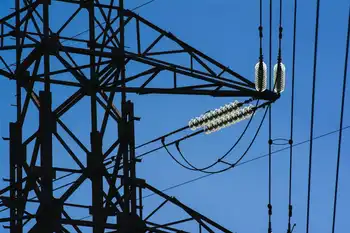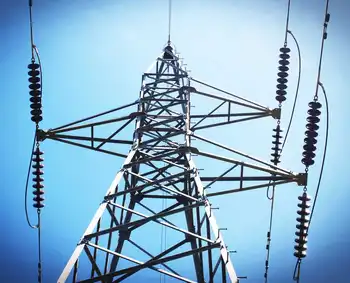Minnesota weighs bigger wind role
A new report, prepared at the behest of the Legislature, argues that if lawmakers focus on policies to extend transmission lines, they could boost the state's share of electricity generated by wind turbines to 25 percent. That would be about an eightfold increase from today.
The Midwest Wind Integration Study, released recently, said the cost of integrating wind power into utility systems would be less than half a cent for each kilowatt-hour produced.
But that doesn't mean wind-power projects will be cheap.
The study doesn't estimate the cost of building transmission lines to reach wind turbines scattered across the state and the region.
"Knowing we can't just plunk all this energy on the system right now," the goal of the study was to say what's possible after millions of dollars of investment, said Mark Ahlstrom, chief executive of WindLogics, a St. Paul consulting firm that worked on the report. "It's possible — not today, but in coming years — if we're interested in doing this."
Mike Jacobs, deputy policy director at the American Wind Energy Association, said wind power someday may not only provide added electricity but substitute for current sources.
"Where Xcel uses natural gas, every kilowatt of wind energy they can use lowers the customers' costs," Jacobs said.
One key to increasing wind-power use, beyond cooperation from utilities, is government choices about energy and tax policy, said Charles Smith, director of the Utility Wind Integration Group in Reston, Va.
Short-lived investment tax credits, if extended for five years or more, could do much to encourage investors to put up the millions of dollars needed to increasing the production of wind turbines, he said.
Another step in making increased wind generation possible is the creation of large, efficient electricity power trading systems, said Rick Peterson, Xcel Energy resource planning analyst.
But wind power depends on the weather, which is unpredictable. That means utilities have to be ready to start, stop or alter generation at conventional power plants to adjust for changes in wind power.
"If you're a utility and trying to balance your other generation against the ebb and flow of wind generation, it's going to cost you a lot of money," Peterson said.
Related News

Maritime Link almost a reality, as first power cable reaches Nova Scotia
HALIFAX - The longest sub-sea electricity cable in North America now connects Nova Scotia and Newfoundland and Labrador, according to the company behind the $1.7-billion Maritime Link project.
The first of the project's two high-voltage power transmission cables was anchored at Point Aconi, N.S., on Sunday.
The 170-kilometre long cable across the Cabot Strait will connect the power grids in the two provinces. The link will allow power to flow between the two provinces, and bring to Nova Scotia electricity generated by the massive Muskrat Falls hydroelectric project in Labrador.
Ultimately, the Maritime Link will help Nova Scotia reach the renewable energy…





